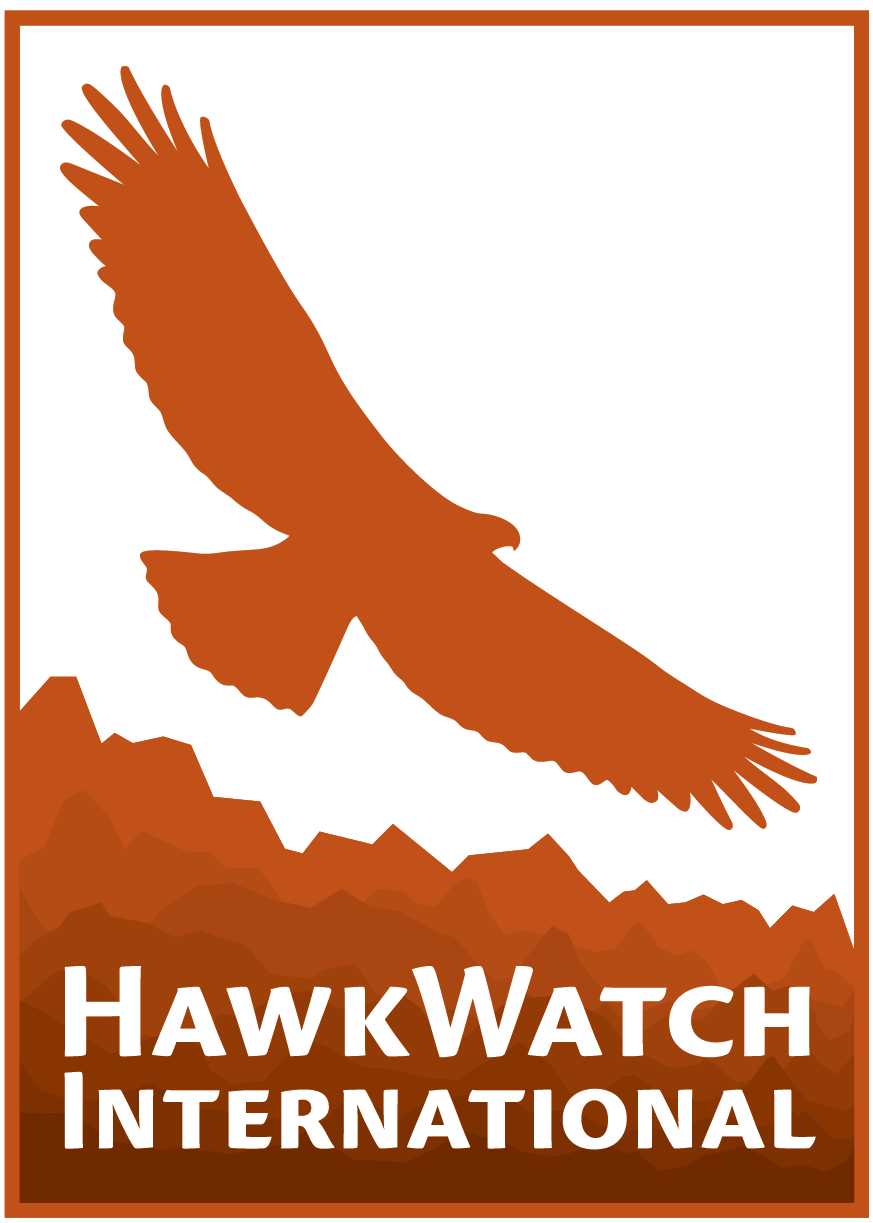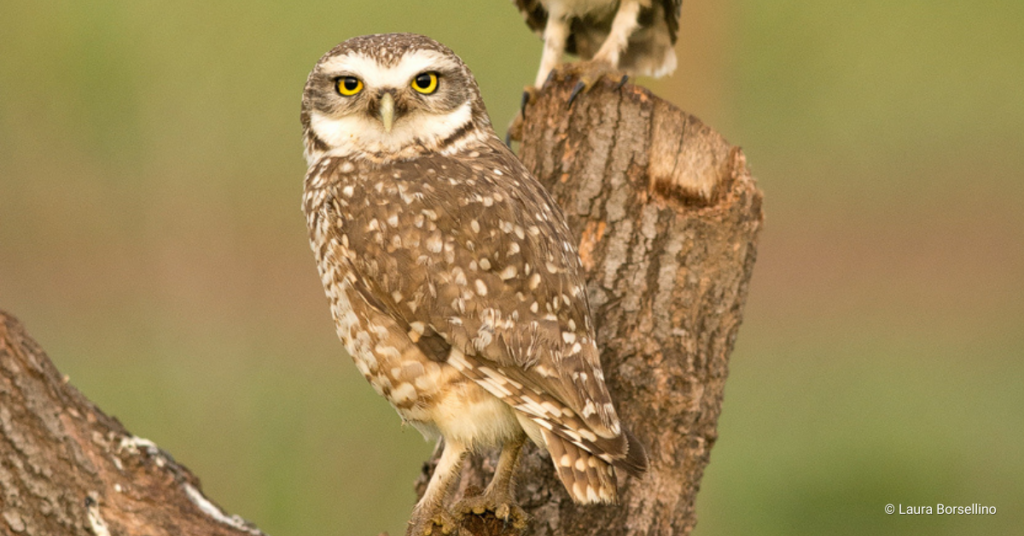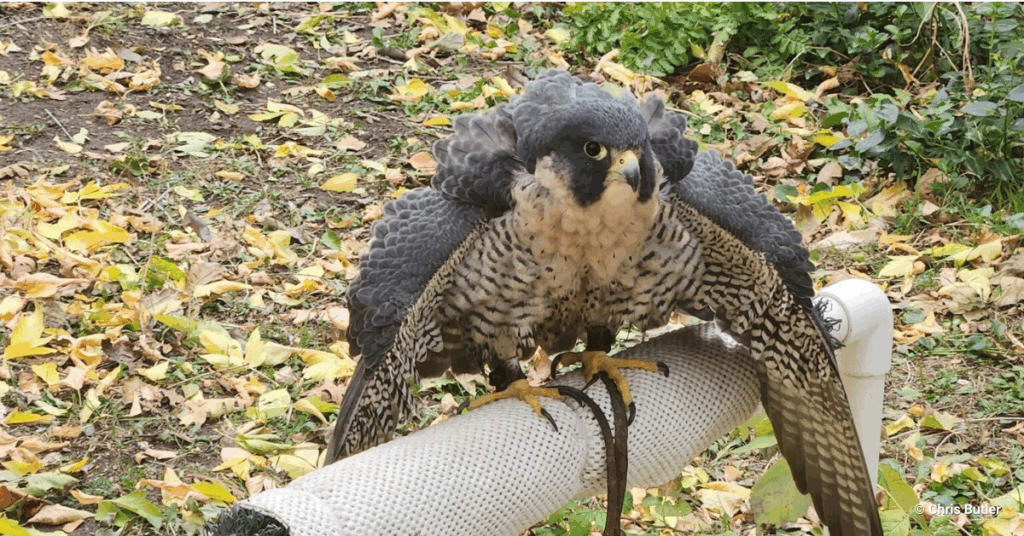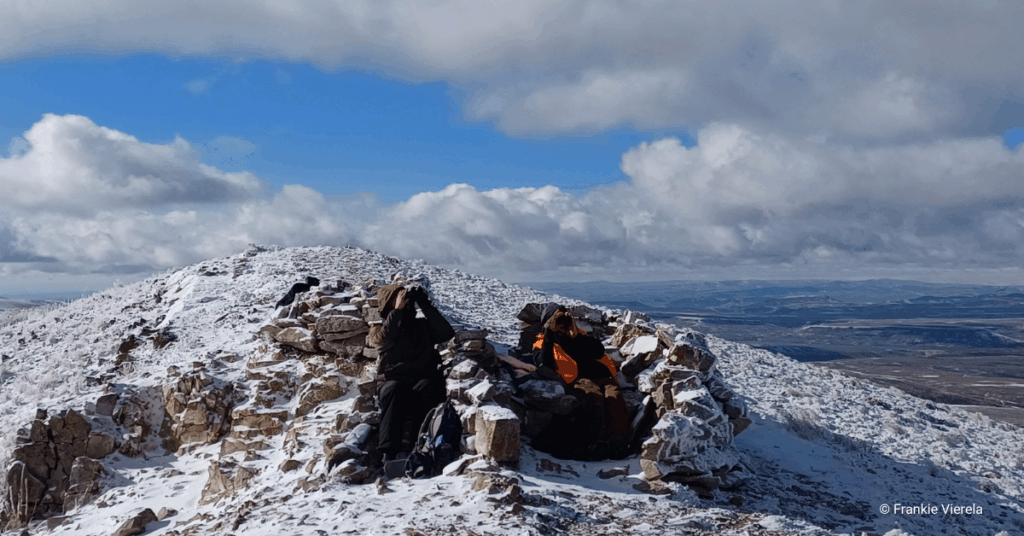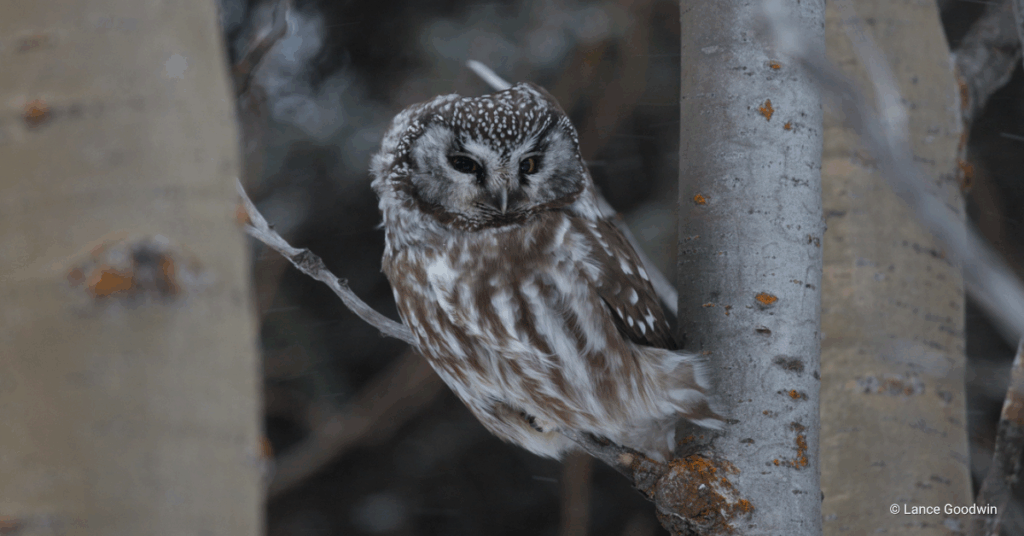Bird photography is an exciting challenge that combines the beauty of wildlife with the art of photography. With patience, practice, and a few key techniques, even beginners can capture breathtaking images of birds flying, perching on branches, or interacting with their natural environment. Whether you’re a birdwatcher hoping to document your observations or a budding photographer eager to improve your wildlife photography skills, this guide will help you capture stunning shots of our feathered friends.
Getting Started With Bird Photography
Bird photography requires understanding a few basics of wildlife photography. Birds are often unpredictable and elusive, making the process both thrilling and challenging. Here are some foundational tips:
- Be patient: Birds don’t pose or wait for the perfect light. Often, they will flit away at the slightest movement. Be prepared to wait quietly, blending into the environment to make birds feel at ease.
- Understand bird behavior: Observing bird behavior can significantly enhance your shots. Knowing when certain species are most active and understanding their habits can increase your chances of capturing them in action.
- Use the right light: Early morning and late afternoon are ideal for bird photography. These times, known as the golden hours, provide soft, natural light that brings out detail without harsh shadows.
- Stay low and move slowly: Moving quietly and staying at eye level with the bird will help you achieve intimate, engaging shots. A low profile minimizes the chance of startling your subject.
Choosing the Right Camera Equipment
Your choice of camera equipment can significantly impact your bird photography results. Here’s what beginners need to know:
- Camera body: DSLRs and mirrorless cameras with fast shutter speeds and high frames per second are ideal for bird photography, allowing you to capture sharp images of birds in motion. While smartphone cameras have improved, dedicated cameras offer better control over exposure and focus. That being said, if you don’t own a camera, there are attachments for binoculars and scopes that allow you to take better phone camera photos through your optics.
- Lenses: A telephoto lens (300mm or more) is essential for bird photography, as it lets you photograph birds from a distance without disturbing them. A zoom lens can also help frame birds that are closer or farther away without needing to move and risk startling them.
- Tripod or monopod: A stable base can improve image clarity, especially if you’re using a heavy telephoto lens. Tripods are great for stationary shooting, while monopods are more portable for tracking moving birds.
5 Camera Tips for Beginner Bird Photographers
Once you have your equipment ready, applying a few camera settings and techniques will enhance the quality of your shots. Here are some beginner-friendly tips:
- Use Fast Shutter Speeds
Birds are constantly in motion, so a fast shutter speed is essential to capture sharp images. Set your camera to a minimum of 1/1000th of a second for perched birds and 1/2000th or faster for birds in flight. Faster shutter speeds help freeze the action, especially when photographing birds in flight or moving quickly. - Opt for Continuous Shooting Mode
Switching your camera to continuous or burst mode allows you to capture multiple frames per second. This feature is invaluable when photographing birds in action since it increases your chances of capturing the perfect shot. Remember to check your camera’s buffer size, as a large burst of photos can fill the buffer, causing a temporary lag. - Experiment With Autofocus Modes
For bird photography, continuous autofocus (AF-C or AI Servo) is helpful because the bird stays in focus even if it moves. Additionally, many cameras have multiple autofocus points; selecting a central point or group can improve focal accuracy on the bird. Practicing with your autofocus settings will help you track and lock onto a bird with ease. - Adjust Your Exposure Compensation
Birds often stand out against bright skies or complex backgrounds, which can lead to overexposed or underexposed images. Adjusting your camera’s exposure compensation can help you control this. For example, if the bird appears too dark, try increasing the exposure by +0.3 or +0.7 to make the bird’s details pop. - Use a High ISO in Low Light
If you’re shooting in the early morning or late afternoon, you may need a higher ISO to capture enough light. Modern cameras handle ISO levels well, so don’t be afraid to increase it to 800, 1,600, or even higher if necessary. However, be mindful of noise: random variations in brightness or color information in an image, often appearing as grainy or speckled textures, especially in low-light conditions or high ISO settings. If you do need to use high ISO levels, remember that you can always adjust for noise in post-processing.
Essential Composition Tips for Bird Photography
In photography, composition is the arrangement of visual elements within a frame to create a balanced, engaging, and aesthetically pleasing image. The right composition can transform a good photo into an outstanding one. Here are some compositional tips and ideas to implement on your next bird photography outing:
- Get eye-level shots: Capturing birds at eye level creates a sense of intimacy and connection. If possible, crouch or lie down to get closer to the bird’s perspective.
- Leave room for movement: If the bird is facing or moving in one direction, compose the shot to leave more space in front of it than behind. This technique provides context for the bird’s motion.
- Capture the habitat: Birds are often found in striking surroundings. Including branches, water reflections, or other natural elements can add depth and tell a richer story about the bird’s habitat.
- Focus on the eyes: Sharp, focused eyes make for captivating bird portraits. If you’re close enough, prioritize focus on the bird’s eyes, and see how it affects the results.
As you refine your bird photography skills and capture more amazing images, you’ll find yourself with more appreciation and affection for these creatures.
HawkWatch International is a nonprofit organization dedicated to raptor research and conservation. We strive to conserve our environment through education, long-term monitoring, and scientific research on raptors as indicators of ecosystem health. Whether through donations, volunteer opportunities, or simply spreading the word, your involvement can make a difference in preserving our natural world. Support our work today, help protect these incredible birds, and ensure that future generations can enjoy the thrill of hawkwatching!
